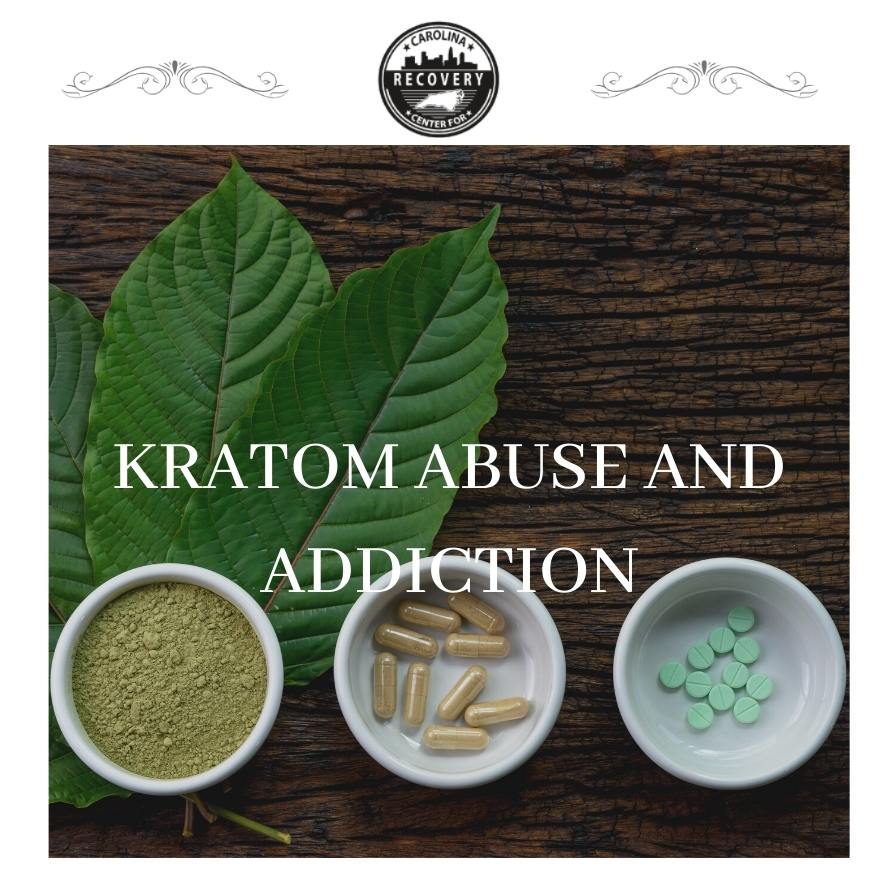Kratom Abuse and Addiction

Medically Verified: 2/1/24
Medical Reviewer
Chief Editor

All of the information on this page has been reviewed and verified by a certified addiction professional.
Kratom is a drug that is somewhat new to the United States and is gaining more popularity. However, it is already very prevalent in Asia, where people have been using it for many years to treat pain, anxiety, and diarrhea.[1] It is also used recreationally but kratom abuse can be dangerous and addictive.
In the United States, people have recently begun using this drug as an alternative to opioid pain medications and to help treat withdrawal symptoms and drug cravings. Kratom is currently legal, although efforts are underway to ban this harmful substance. It is not FDA approved and is marketed as an herbal supplement that is non-addictive, however, this is not true. Kratom acts like opioid pain medication and, despite popular belief, people do develop dependence and addiction to this drug.[2]
What is Kratom?
Kratom is an herbal supplement that is derived from the Kratom tree (Mitragyna speciosa). This tree is found in Southeast Asia where the supplement has been used for many years to treat various ailments such as pain, coughs, anxiety, and diarrhea.
The Kratom plant has mind-altering (psychotropic) properties which is why people abuse it. People report it helps to ease pain, increase energy, and boost their mood, however, there is no clinical evidence supporting any of these claims.[1]
Since Kratom is not illegal, it is easy to order on the internet or even buy in specialty shops. Kratom bars and lounges are also becoming increasingly more popular in the US. Since this substance is not FDA regulated, there is no control over what the producers are putting into their products. There are even cases of Kratom being sold in packages labeled “not safe for human consumption.”[2]
How Does Kratom Work?
The active ingredient in Kratom is mitragynine, which works either as a stimulant or opioid depending on how much of the substance is taken. In small doses, it acts as a stimulant to increase energy, while in larger doses it has opioid-like effects of sedation and pain relief.[3] Kratom is also psychotropic, meaning it acts on the brain and is mood and mind-altering.
Kratom is taken in pill form, as a powder mixed in food, smoked, or even brewed into a tea.[2] This substance has very little clinical data, so the actual safety and efficacy are not truly known. However, there have been documented cases of Kratom-related overdoses and even death when it was used with other substances such as alcohol or benzodiazepines.[2,3]
Many people abuse Kratom recreationally for its stimulant, mood-enhancing, and sedative effects. Others actually use it to help treat the symptoms of opiate withdrawals. Some of the common street names for Kratom are:
- Thom
- Ketum
- Biak
- Chang
What are the Side Effects of Kratom Abuse?
Kratom causes some very unpleasant side effects. The most common ones are:

- Nausea
- Headaches
- Constipation
- Sweating
- Hallucinations
- Seizures
When Kratom is used regularly, people often develop a dependence and addiction to the drug due to its ability to act like an opioid. And, since it is believed to help in the treatment of opioid withdrawal and cravings, some people end up using Kratom as a replacement drug for opiates.
There are reported cases of individuals experiencing withdrawal symptoms when stopping Kratom after prolonged use. The most common symptoms of Kratom withdrawal include:

- Insomnia
- Irritability
- Mood changes
- Hostility or aggression
- Involuntary muscle movements.[2]
Why is Kratom Becoming Popular?
Kratom is seen as a healthier alternative to opioid pain medications. However, this is simply not true, as addiction is demonstrated with regular Kratom use. It is also much easier to acquire than traditional prescription painkillers, as it is considering an herbal supplement. This means a prescription is not needed to get Kratom and it is easily ordered on the internet or bought in stores.
Due to the easy accessibility and lack of regulation, it is also very appealing to minors who are looking for a drug to use recreationally. It is easier to purchase than alcohol for underage people. Kratom also does not show up on traditional drug tests, so it is appealing to those who are looking to abuse a drug recreationally and still pass that test.
Kratom’s easy accessibility and claims to treat pain, increase energy, and boost moods make it extremely desirable to many people. Due to all those factors, it makes it very easy for people to acquire and become addicted to Kratom.
Treatment for Kratom Abuse and Addiction
The treatment for Kratom addiction is the same as it would be for any other drug. Addiction to any drug is difficult and starting the recovery process should not be done alone.
People undergo a detox period to get the drug out of their system. They may then choose to participate in additional treatment, which would include a rehabilitation program with group therapy, individual therapy, and holistic treatment.
At Caroline Recovery Center, we are here to help with your Kratom addiction. We work with you closely to develop a treatment plan that fits your unique needs. Our highly trained staff helps to guide you and provide you with the tools that you need to have a successful recovery. Call now to learn more.
References:

